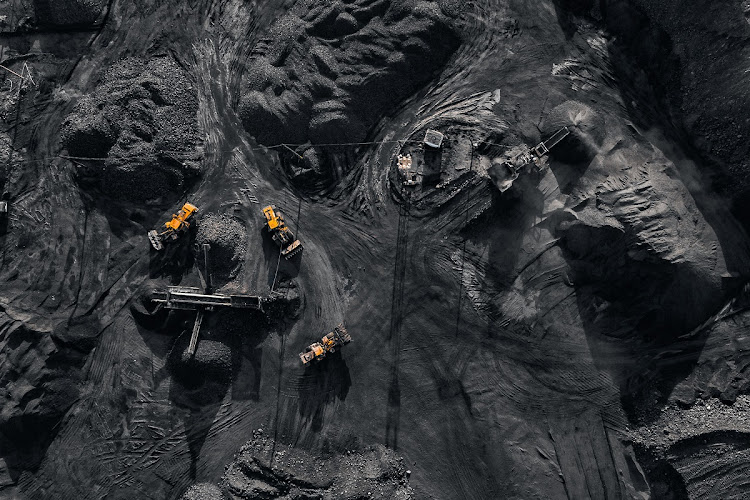The West needs to find ways to stop Chinese miners disrupting markets

Beijing has a long track record of flooding markets, pulling back, and over-producing again
Many Chinese mining companies are struggling to absorb steep, prolonged losses. Last month Contemporary Amperex Technology Ltd (CATL) halted operations at a major Chinese mine in Jiangxi province, sparking speculation that Beijing may move to freeze additional projects in an effort to curb industrial overcapacity. This came after lithium prices had collapsed 87%, from $68,114/tonne in December 2022 to under $10,000 by June 2025.
Lithium prices instantly reacted to the news that CATL was halting operations. In Hong Kong, Tianqi Lithium jumped as much as 19% and Ganfeng Lithium Group advanced 21%. US markets followed suit, with Albemarle climbing more than 15%, Piedmont Lithium nearly 18%, Lithium Americas up 13% and Chilean producer SQM gaining about 12%.
The announcement seems to be an effort to steady markets that China’s own overproduction and unmet demand projections have thrown into disarray. However, it’s hard to tell how long it will last. China operates by its own opaque playbook. While scaling back domestic production and idling projects, Chinese mining acquisitions overseas hit their highest level in more than a decade in 2024. This creates a volatile dynamic: if Beijing decides to restart domestic operations or activate new projects abroad it could disrupt markets again — quickly and with little warning.
Western countries are looking to take market stabilisation into their own hands. The US and Australia are now looking at implementing price floors to safeguard Western producers. By setting a minimum price and securing guaranteed offtake, these measures would allow companies to remain viable even if China floods the market and drives prices down.
In July, MP Materials, a US rare earths producer, reached a landmark agreement with the US department of defence. A part of the agreement was that the department guaranteed a price floor of $110/kg for neodymium-praseodymium — a critical rare earth oxide used in high-strength magnets. Given that prices were sitting at about $55/kg, this marked a significant financial intervention. Still, Washington had little alternative: Chinese overproduction had pushed rare earth prices well below break-even levels.
In a recent fireside conversation with Kevin Rudd, Australia’s 26th prime minister and now ambassador to the US, I posed a question: should price floors play a role in critical mineral markets to counter chronic underinvestment and market distortions? His response was immediate: yes. He noted that the Australian government is actively exploring different approaches to structure such a mechanism for its own market.
This isn’t a typical commodities cycle where we can relax simply because China has paused a few projects; Beijing can just as easily reverse course overnight. Instead, it’s a moment for allied nations to think collectively and strategically about the fiscal tools needed to keep non-Chinese companies operating profitably and sustainably.
While I remain cautiously optimistic that China may be scaling back production — for the simple reason that even its vast economy cannot sustain endless financial losses — it would be naive to assume this trend will last. Beijing has a long track record of flooding markets, pulling back just enough to stabilise prices, and over-producing again.
In other words, today’s slowdown may provide temporary breathing room, but it is unlikely to mark a structural shift. Unless allied governments put in place mechanisms such as price floors, guaranteed offtake agreements or co-ordinated strategic stockpiling, Chinese producers retain the ability to re-enter the market aggressively at short notice, undermining investment, destabilising supply chains and discouraging the long-term capital commitments needed outside China.